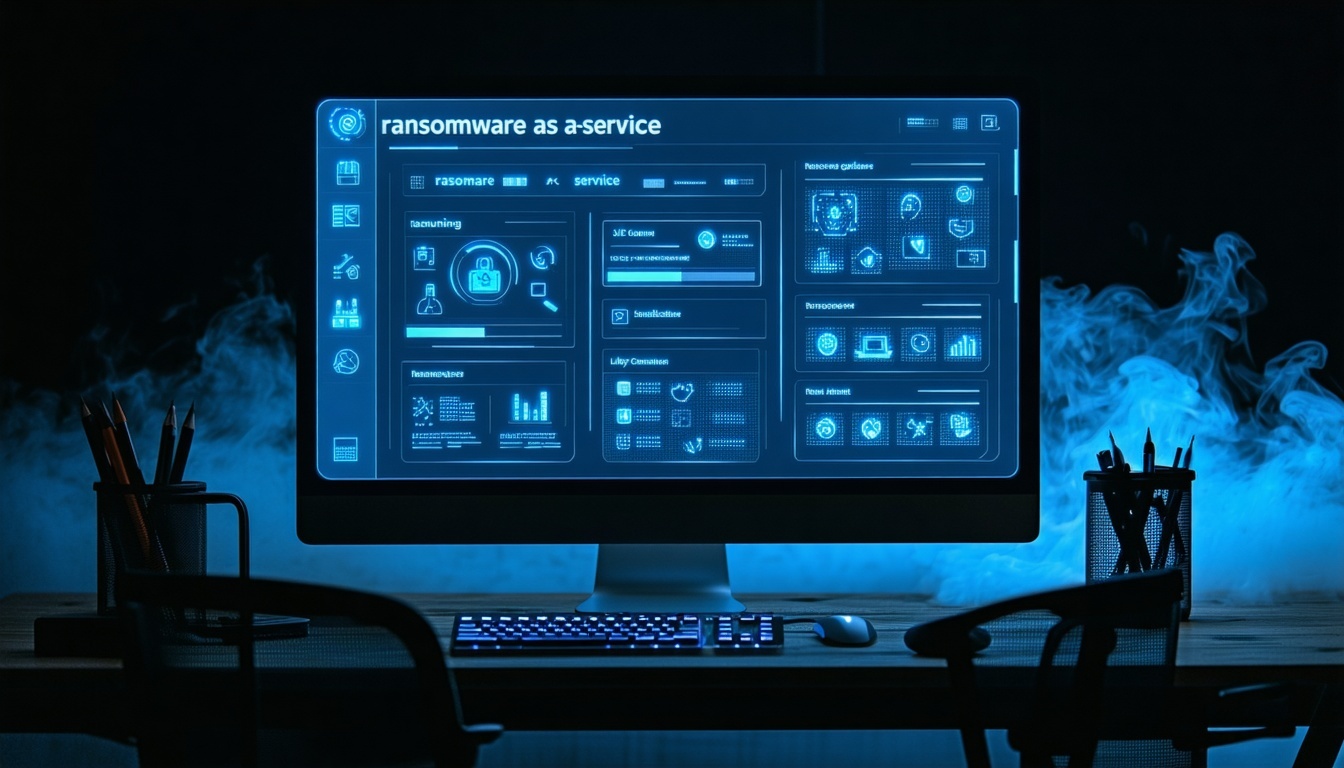By: Derek Odiorne
In today's integrated world, the food and beverage industry faces unique challenges as it navigates the intersection of food safety and cybersecurity. As digital technologies become integral to food production, processing, and distribution, the potential for cyber threats to impact food safety grows. This blog explores how cyber threats can affect food safety and the measures necessary to protect product integrity from farm to table.
How Cyber Threats Can Impact Food Safety
-
Supply Chain Disruptions: Cyber attacks on supply chain systems can cause significant disruptions, leading to delays in the delivery of raw materials and finished products. These disruptions, in turn, affect the quality and safety of food products, particularly those with short shelf lives or specific storage requirements.
-
Tampering with Production Processes: Hackers can gain unauthorized access to production systems, altering processing parameters or introducing contaminants. This tampering can result in unsafe products reaching consumers, posing serious health risks and damaging brand reputation.
-
Data Breaches and Information Theft: Cybercriminals can steal sensitive information, including proprietary recipes, supplier details, and safety protocols. The loss of such information can compromise food safety by enabling counterfeit products or unauthorized modifications to production processes.
-
Compromised Quality Control Systems: Quality control systems that rely on digital technologies are vulnerable to cyber attacks. Compromised systems can fail to detect safety issues, allowing contaminated or substandard products to enter the market.
Measures to Protect Product Integrity from Farm to Table
-
Robust Cybersecurity Framework: Establishing a comprehensive cybersecurity framework is essential. This includes implementing firewalls, intrusion detection systems, and encryption to protect sensitive data and systems from unauthorized access.
-
Regular Security Audits and Risk Assessments: Conducting regular security audits and risk assessments helps identify vulnerabilities and address them proactively. These assessments should cover all aspects of the supply chain, from farm operations to retail distribution.
-
Employee Training and Awareness: Educating employees about cybersecurity best practices is crucial. Training programs should focus on recognizing phishing attempts, using strong passwords, and understanding the importance of cybersecurity in maintaining food safety.
-
Secure Supply Chain Management: Implementing secure supply chain management practices, such as verifying the integrity of suppliers and using blockchain technology for traceability, can enhance the overall security of the food supply chain.
-
Incident Response Plans: Developing and regularly updating incident response plans ensures that the organization can quickly and effectively respond to cyber threats. These plans should outline steps for containing breaches, recovering compromised systems, and communicating with stakeholders.
-
Collaborative Efforts: Collaborating with industry partners, regulatory bodies, and cybersecurity experts can help organizations stay informed about emerging threats and best practices. Information sharing and joint initiatives can strengthen the industry's overall cybersecurity posture.
-
Advanced Monitoring and Detection Systems: Utilizing AI and machine learning for real-time monitoring and threat detection can provide early warning signs of potential cyber attacks. These advanced systems can identify unusual patterns and flag potential threats before they cause significant harm.
Conclusion
The convergence of food safety and cybersecurity underscores the importance of a holistic approach to protecting product integrity. As cyber threats continue to evolve, the food and beverage industry must adopt comprehensive measures to safeguard their operations from farm to table. By implementing robust cybersecurity frameworks, conducting regular risk assessments, and fostering a culture of security awareness, organizations can ensure that their products remain safe and trustworthy for consumers.
In this dynamic landscape, staying ahead of cyber threats is not just about protecting data; it's about maintaining the highest standards of food safety and preserving the trust that consumers place in the food they eat.
Subscribe To Our Newsletter
Get updates and learn from the best
More To Explore

Why a Boutique Cybersecurity Partner Is Your Smartest Investment Yet
In today’s high-stakes digital landscape, partnering with the right cybersecurity provider can make or break your business. While large firms offer benefits such as scale and automation, many organizations are turning to boutique cybersecurity consulting firms for tailored, highly-individualized...

